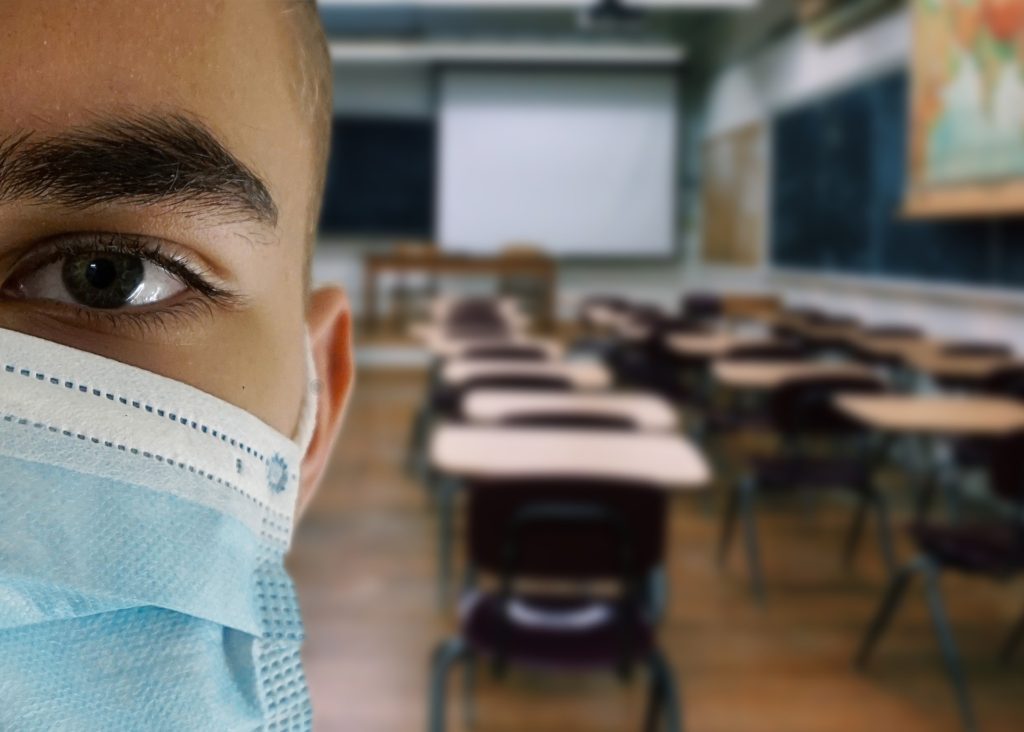
L.A., San Diego, and San Francisco school districts have announced that school lessons in the new academic year will be delivered in an online format. The largest school district in the nation, New York will provide education in a hybrid online and in-person model. Atlanta and Houston will start the school year with distance learning and adapt accordingly as more information comes to hand in the coming months.
Education across the country has been reimagined because of COVID-19 wreaking havoc in the United States, and the disruption is set to continue into the school year 2020/2021. As we enter into this second phase of distance learning after the summer break, we reflect on the education lessons that have been learned during the novel coronavirus pandemic.
“This spring, America took an involuntary crash course in remote learning,” begins a scathing Wall Street Journal article published in early June. “With the school year now winding down, the grade from students, teachers, parents and administrators is already in: It was a failure.”
One of the central reasons listed for the failure of distance learning is the dire number of students, and even some teachers, who don’t have access to devices and the internet. The EducationSuperHighway, a nonprofit that is focused on upgrading the internet infrastructure in K-12 public schools and is supported by the Zuckerberg and Gates Foundations, states that almost 10 million U.S. students lack access to the internet. In California, it is estimated that in 2019 as many as 24% of students did not have a reliable internet connection at home. The National Center for Education Statistics states on its website that 39% of U.S. children aged 3 to 18 do not have internet access at their place of residence.
The ability to focus on learning digitally for extended periods and frustration from parents tasked with supervising their children to learn as well as balance job responsibilities are also listed as reasons that distance learning has not been successful.
The Northwest Evaluation Association (NWEA) estimates that U.S. students have gained just 70% of the required reading skills required since school closures started in March and only 50% of math skills. The nonprofit cautions that low-income and minority students are suffering significant learning loss as they may not have access to technology and their families are “more likely to be affected by the economic downturn.” According to the Wall Street Journal, approximately half, or 26-million public school students are considered to be low income.
A further problem is that teachers accustomed to delivering lessons in the classroom are not accustomed to providing distance learning. Jennifer Gonzalez is a former middle school and college teacher who writes for the Cult of Pedagogy blog. She recommends that teachers who are new to teaching in an online format follow these 4 steps:
- Connect and communicate with students
- Keep everything organized
- Optimize learning content
- Demonstrate learning
Gonzalez notes that distance learning is different from face-to-face instruction, and offers different challenges. She raises two problems that she sees frequently in distance learning during the pandemic. The first is that not all students have home access to tech as discussed above. As a response to this Gonzalez suggests that schools partner with organizations such as Kajeet to loan WiFi hotspots to families. She also recommends that teachers offer non-digital options to students, as well as using the phone and mail to communicate. As a last resort, Gonzalez advises that a home visit is worthwhile if it is the only way to check-in with students.
The second problem Gonzalez is seeing is that distance learning is not meeting the needs of students that need special education, are on response to intervention programs, or those that are learning to speak English. She is concerned that learning in a digital format is not accommodating the specific needs of students who have Individualized Education Programs (IEP) and suggests that caretakers of students in these circumstances join an online community for support. Gonzalez also recommends that caretakers use Microsoft tools that are designed to make online learning accessible, and the TalkingPoints app that facilitates communication between teachers and parents in multiple languages.
Covid-19 has put families and educators the world over in a precarious position to balance the risk of infection and spreading the virus, with students receiving a quality education. With just weeks before some schools resume distance learning for the fall, it is imperative that we take stock of what worked well in the spring semester, and learn and pivot from what didn’t. After all, there are more than 50-million U.S. students depending on it.
